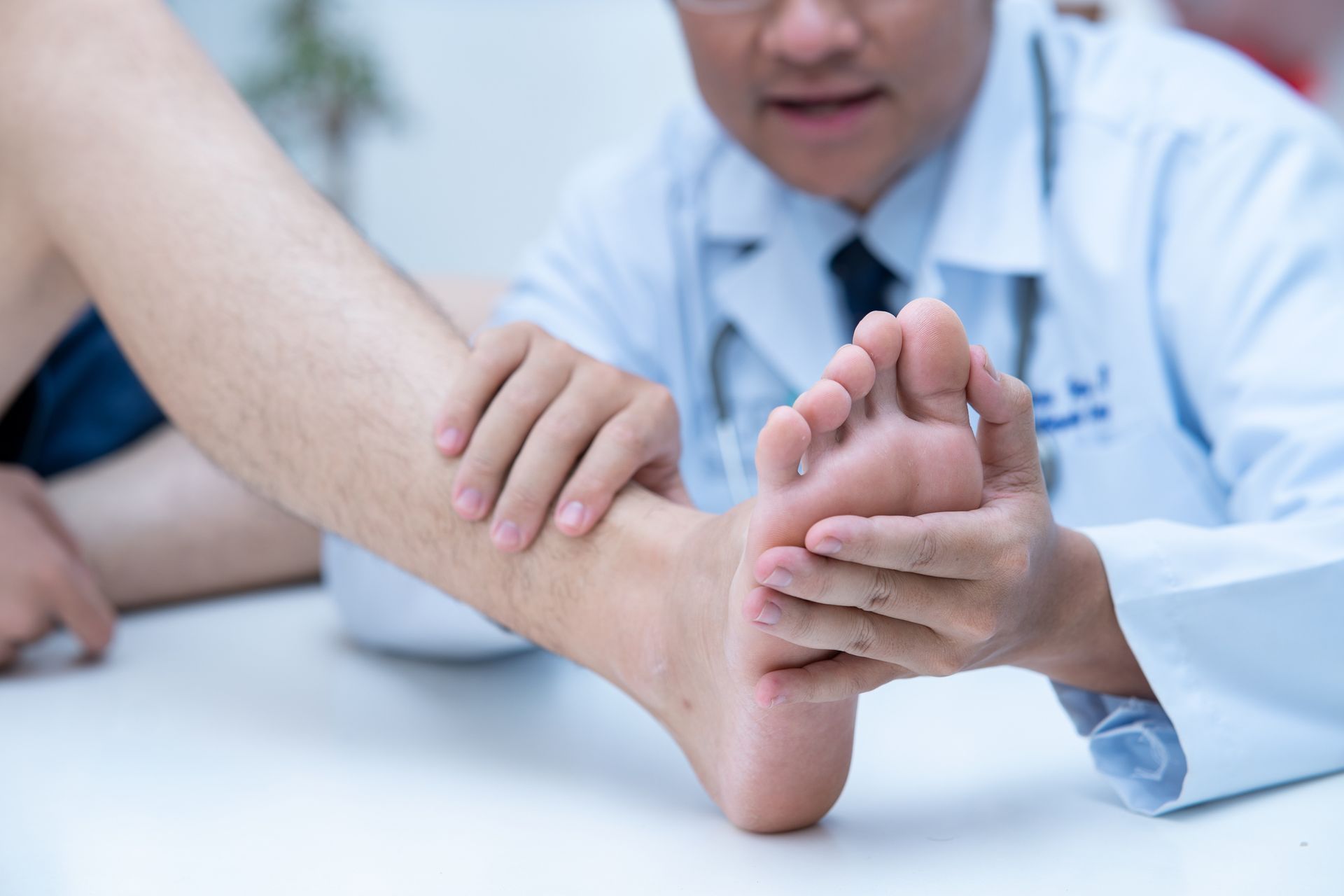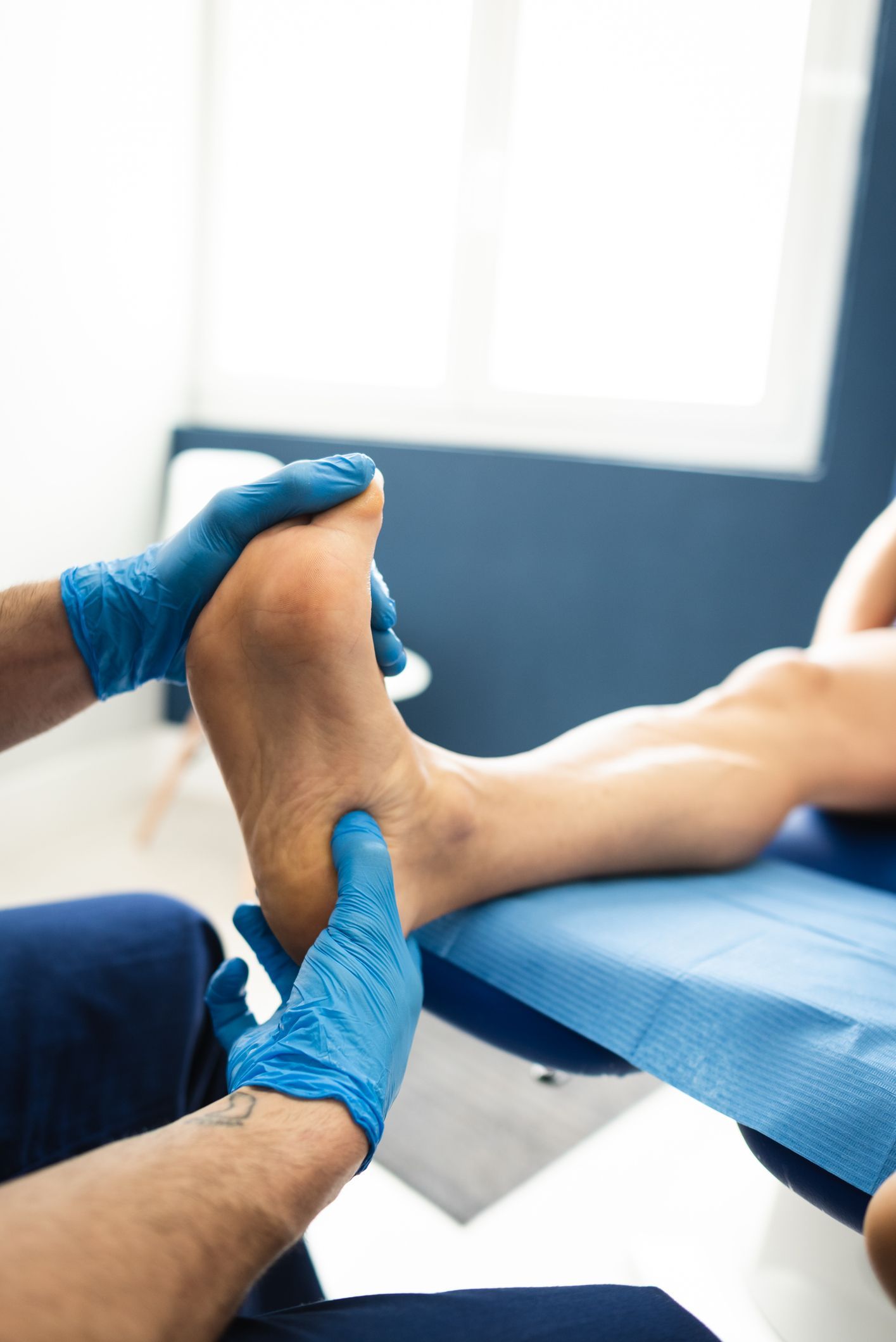Stress Fractures in Feet
Repetitive force can cause minor cracks in bones called stress fractures. They are most common in the lower extremities, especially the feet. Stress fractures in the feet are often caused by overuse, such as from running, jumping, or marching. They can also be caused by sudden increases in activity, such as starting a new exercise program.
Here's what you need to know about stress fractures in feet.
Symptoms
The most common symptom of a stress fracture in the foot is pain. The pain is usually dull and aching, and it may worsen with activity.
Other symptoms of stress fractures in feet include:
- Redness and warmth at the site of the fracture
- Bruising
- Inability to bear weight on the foot
- Difficulty walking or running
The area around the fracture may also be tender and swollen.
Causes
Stress fractures are caused by repetitive force on a bone. This force can come from overuse, such as from running or jumping, or from sudden increases in activity, such as starting a new exercise program.
Stress fractures are also more common in people with certain risk factors, such as:
- Osteoporosis: Osteoporosis is a condition that causes bones to become weak and brittle. People with osteoporosis are more likely to develop stress fractures, even with normal activity levels.
- Poor nutrition: People who do not eat a healthy diet may not be getting the nutrients they need to maintain strong bones. This can increase the risk of stress fractures.
- Flat feet or high arches: People with flat feet or high arches may be more likely to develop stress fractures because these foot types put more stress on the bones of the foot.
Shoes that are too tight or loose or do not provide enough support can also increase the risk of stress fractures.
Diagnosis
If you think you may have a stress fracture in your foot, it is important to see a doctor. The doctor will ask about your symptoms and medical history. They will also perform a physical examination of your foot.
The doctor may order an X-ray or MRI scan to confirm the diagnosis of a stress fracture. In most cases, X-rays can show stress fractures, but MRI scans may be necessary to see stress fractures in smaller bones or areas with a lot of soft tissue.
Treatment
Treatment for stress fractures in feet typically involves rest and immobilization. This may involve wearing a cast, splint, or walking boot. The doctor may also recommend over-the-counter pain medication, such as ibuprofen or acetaminophen.
In some cases, physical therapy may be recommended to help strengthen the muscles around the fracture and prevent future injuries.
Recovery
The recovery time for stress fractures in feet varies depending on the severity of the fracture and the individual's healing rate. Most stress fractures heal within 6-8 weeks, but some may take up to 12 weeks to heal.
It is important to be patient and follow the doctor's instructions during the recovery process. Returning to activity too soon can increase the risk of re-injury.
Prevention
There are a number of things you can do to prevent stress fractures in feet, including:
- Gradually increase your activity level. If you are starting a new exercise program, slowly and gradually increase the intensity and duration of your workouts.
- Wear proper shoes. Make sure your shoes fit well and provide good support for your feet.
- Eat a healthy diet. Make sure to eat a healthy diet with plenty of calcium and vitamin D. These nutrients are essential for strong bones.
- Maintain a healthy weight. Excess weight stresses your bones and joints, increasing the risk of stress fractures.
Talk to your doctor if you have any concerns about your risk of stress fractures. They can help you develop a plan to prevent these injuries.
Stress fractures in feet are a common injury, especially among athletes and active people. Advanced Foot Clinic can help you with foot pain problems. Contact us to schedule an appointment.









